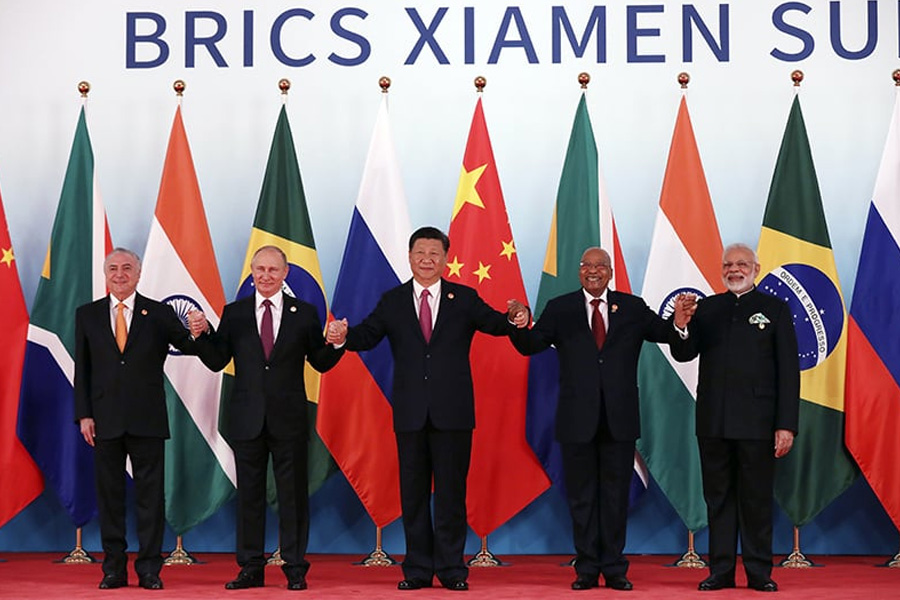
The site of these two meetings—India and South Africa—indicates that a multilateral agenda can be led by and include the voices of the global South.
Author
Anuradha M Chenoy, Adjunct Professor, Jindal School for International Affairs, O.P. Jindal Global University, Sonipat, Haryana, India.
Summary
Two back-to-back multilateral summits, the BRICS and G20, are rightly considered 2023’s very important meetings. Both these have successes, challenges and provide indicators on the state of current geopolitics.
One success for Brazil, Russia, India, China, and South Africa (BRICS) and the Group of Twenty (G20) has been the reinvigoration of multilateralism because the very idea and efficacy of multilateral institutions has been challenged by leaders like former President Donald Trump and some policymakers (Narliker 2020).1 Of course, there are valid critiques of multilateral institutions and need for their reform. But this reform can only be done through these institutions themselves internally.
Both meetings emphasised the need for such reforms. India, Brazil and South Africa have been asking that the United Nations (UN) Security Council be expanded to become more representative. This claim points that these institutions have been used by powerful member states to protect their own interests while bypassing the interests of others. An authoritative study by Gleckman and Kostkos (2021) establishes this. The site of these two meetings—India and South Africa—indicates that a multilateral agenda can be led by and include the voices of the global South.
Published in: Economic & Political Weekly
To read the full article, please click here.

